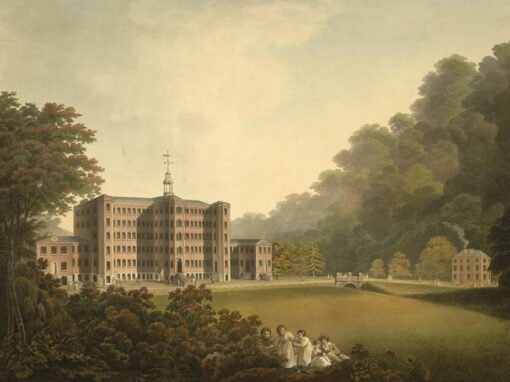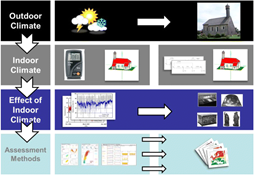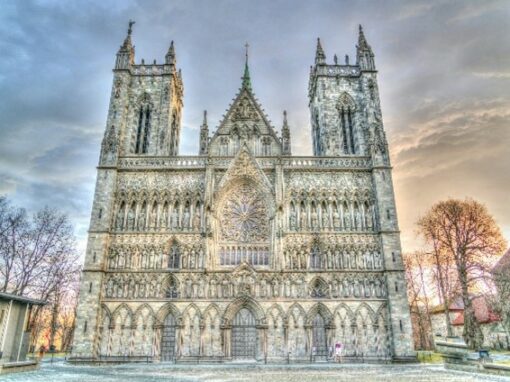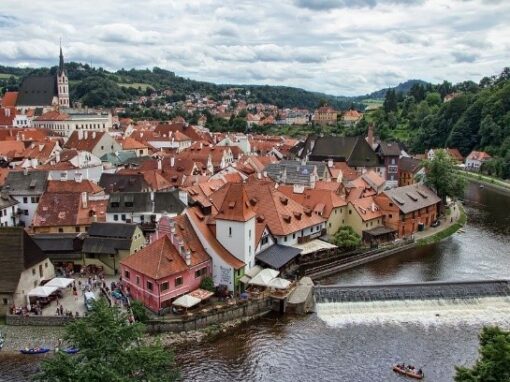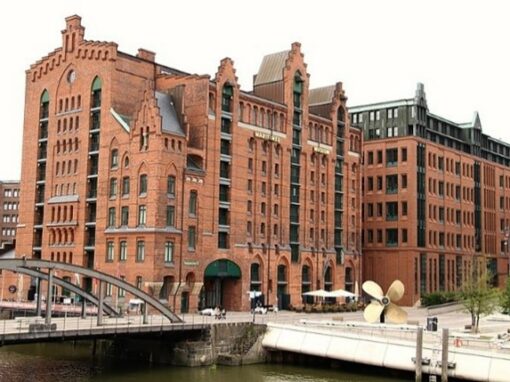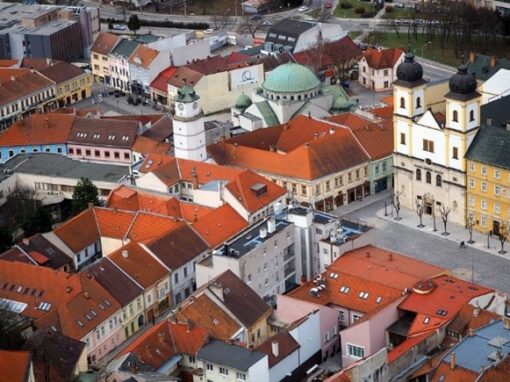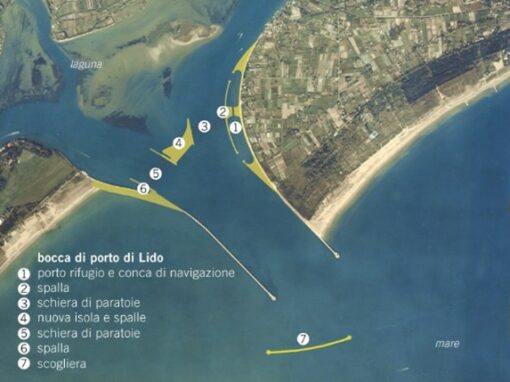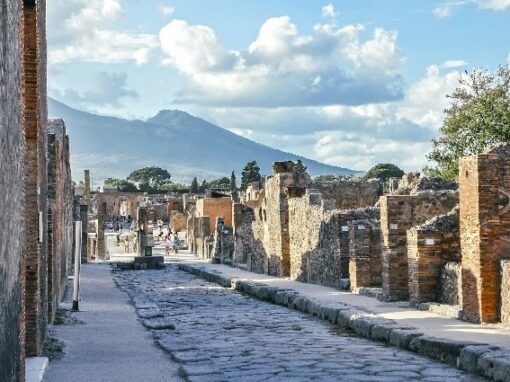Monitoring deterioration processes in the Palace of Knossos
Heraklion, Greece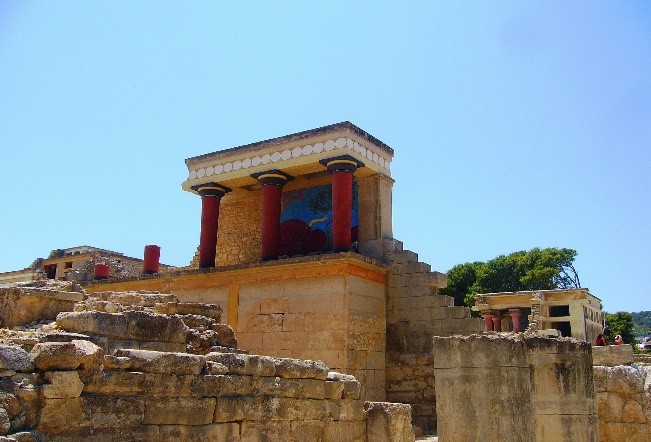
Lead
Main hazard(s)
Disaster Risk Management phase(s)
Type(s) of measure(s)
Background
The Minnean Palace of Knossos (built in 1700 BC and covering an area of 22,000 sqm) was built on the top and the slopes of the low hill of Kefala. The complete excavation of the monumental complex was achieved in 1902 by Arthur Evans (Curator of the Ashmolean Museum in Oxford). The fragile building materials proved extremely sensitive to weathering. After 1925, Evans attempted the full reconstruction of the palace including a large-scale use of reinforced concrete, the reconstruction of the upper stories and main architectural elements, the revamping of timber frames and wooden Minoan columns and the restoration of the frescoes at different spots of the site.
The palace has suffered since them extensive damage mainly due to the combined action of the climatic conditions, biological agents, air pollution and human’s interventions. During the 1990s, the Ministry of Culture took measures for its preservation and restoration. Under the authority of the Ephorate of Antiquities a great part of the concrete slabs of Evans’ restoration of the Palace was conserved, and paths for the visitors were developed, which reduced the wear of the monument and gave the visitors a more complete view of it.
Main weathering agents are regularly monitored through the HERACLES Project using technologies such as a Spaceborne radar COSMO-SkyMed, UAV-Drone geometrical survey and Terrestrial Laser Scanner. A weather station was installed to measure climatic parameters.
Sources
The Minnean Palace of Knossos is one of the four testing sites of H2020 European Project HERACLES, which aims to design, validate and promote responsive systems/solutions for effective resilience of cultural heritage against climate change effects. More information on the Project can be found here: http://www.heracles-project.eu/
Other relevant sources
http://www.heracles-project.eu/project-test-beds/test-bed-1-palace-knossos-heraklion-el
https://meetingorganizer.copernicus.org/EGU2020/EGU2020-7010.html
